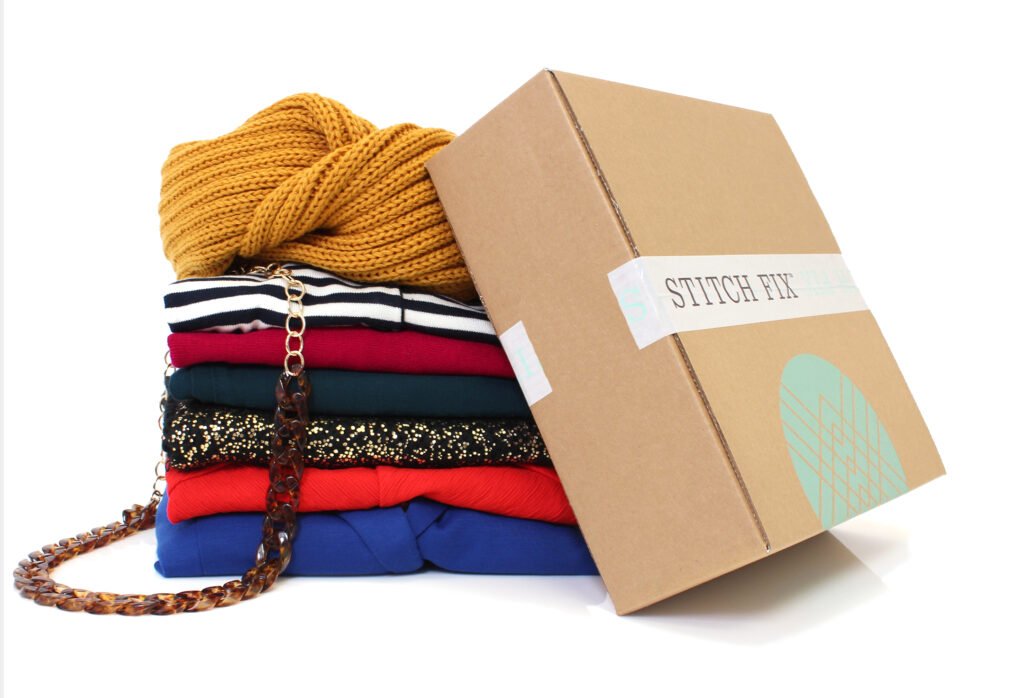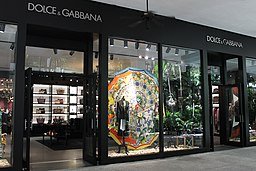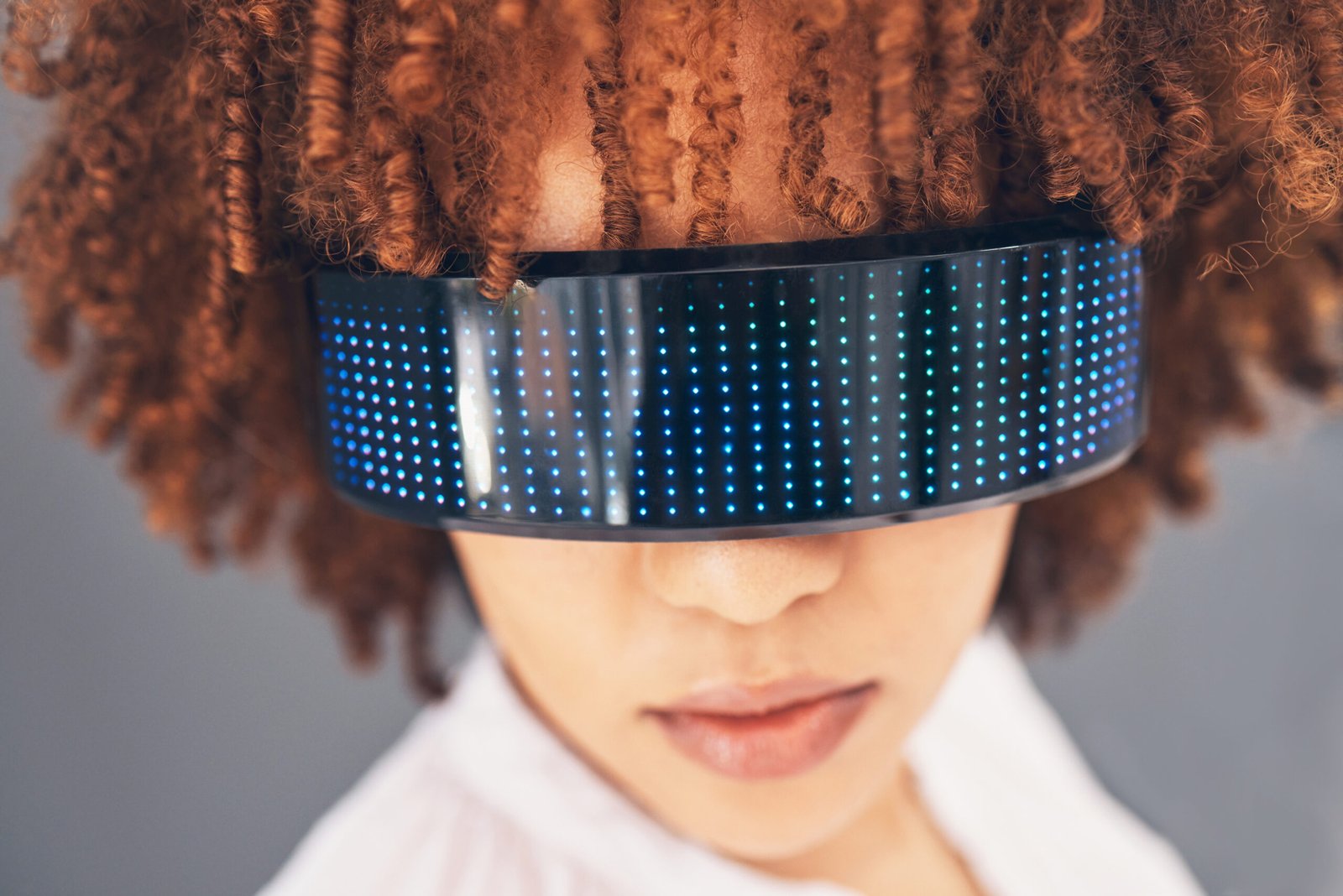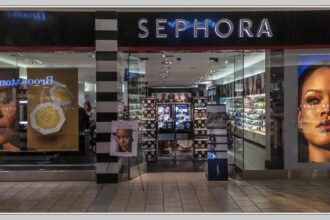The fashion industry is undergoing a technological transformation. From augmented reality (AR) try-ons to artificial intelligence (AI) stylists and digital fashion collections that exist only in the metaverse, innovation is redefining how we create, shop, and experience style. This post explores how fashion and tech are becoming inseparable—and what that means for consumers, designers, and the future of fashion.
Try Before You Buy—Without a Dressing Room
Augmented Reality (AR) try-on technology allows users to virtually try on clothing, shoes, and accessories using their smartphone or computer. Brands like Gucci, Warby Parker, and Nike use AR to improve customer confidence and reduce returns.
Case Study: Gucci Sneaker Garage
Gucci’s app lets users try on virtual sneakers using AR. Some styles are “digital-only,” meaning they can be worn virtually on social media but not in real life.
Why It Works:
– Increases conversion rates
– Reduces return rates
– Creates buzz on social platforms
Quote:
> “AR is turning your phone into your dressing room.” — Cathy Hackl, Tech Futurist

AI Stylists and Personalized Recommendations
Artificial intelligence is becoming the most fashionable assistant. AI helps match users with outfits based on body type, preferences, and shopping history.
How It’s Used:
– Shopify apps recommend upsells based on previous purchases.
– Zalando uses AI to help customers style complete outfits.
– Stitch Fix’s algorithm picks clothing tailored to personal data.

Case Study: Stitch Fix
Stitch Fix uses a combination of machine learning and human stylists. Their algorithms predict sizing, styles, and preferences based on user profiles—improving customer satisfaction and reducing waste.
Virtual Fashion: Dressing in Pixels
Digital fashion is a rising category where clothes exist only online. People purchase outfits to wear in virtual spaces like Instagram, TikTok, or the metaverse.
Platforms:
– DressX: Sell digital fashion from top designers
– The Fabricant: Creates 3D fashion exclusively for virtual environments
– Roblox + Balenciaga: Allow players to wear branded fashion in-game

Why Digital Fashion Matters:
– Zero material waste
– Endless creativity
– Access to exclusive pieces without physical production
Case Study: The Fabricant
In 2019, a digital dress by The Fabricant sold for $9,500. It never existed physically. It was a one-of-a-kind piece designed for Instagram use—ushering in a new era of luxury.
Quote:
> “Fashion is shifting from physical expression to digital identity.” — Kerry Murphy, Founder of The Fabricant
Fashion NFTs and Blockchain Authentication
Non-fungible tokens (NFTs) are also making their mark. Luxury brands now offer digital certificates of authenticity, virtual fashion drops, and limited-edition NFT accessories.

Example: Dolce & Gabbana
D&G released a nine-piece NFT collection called “Collezione Genesi,” which sold for nearly $6 million.
Benefits of Blockchain in Fashion:
– Tracks authenticity and ownership
– Prevents counterfeiting
– Enables secondary market royalties
Smart Textiles and Wearable Tech
Wearables are no longer clunky gadgets—they’re woven into the fabric of fashion. From LED jackets to temperature-regulating shirts, the fusion of function and fashion is real.
Examples:
– Levi’s + Google Jacquard jacket lets users control music with a sleeve tap.
– Nadi X smart yoga pants use sensors to correct posture.
– Tommy Hilfiger sells solar-powered jackets that can charge phones.
Virtual Runways and AI-Generated Models
Fashion shows are evolving into hybrid and fully digital experiences. Brands use virtual venues, AI models, and livestreamed presentations to reach global audiences.

Case Study: Balenciaga x Fortnite
Balenciaga launched virtual apparel in Fortnite, bringing high fashion to gamers. The virtual showroom mimicked a fashion boutique—and players could buy physical versions IRL.
E-Commerce Innovation: Faster, Smarter, Better
– Voice search: Shoppers use Alexa and Siri to find fashion items.
– Visual search: Apps like Pinterest Lens help identify products from photos.
– Live shopping: Influencers host real-time shopping streams on Instagram and TikTok.
Example: Amazon Style Store
Amazon opened a physical store powered by AI. Customers scan items, get personalized recommendations, and receive clothing to their fitting rooms based on preferences.
Sustainability Through Technology
Tech is helping reduce fashion’s environmental impact:
– 3D Sampling: Cuts down fabric waste
– AI Forecasting: Prevents overproduction
– On-demand printing: Reduces excess inventory
Quote:
> “Tech is not just making fashion cooler—it’s making it smarter and greener.” — Vanessa Friedman, NYT Fashion Director

Challenges of Fashion Tech Integration
– Cost of development and adoption
– Consumer learning curve
– Concerns over data privacy and surveillance
But… the benefits outweigh the barriers:
– Enhanced personalization
– Improved supply chain transparency
– New revenue streams for digital goods
The Future Is Phygital
“Phygital” (physical + digital) fashion is the next frontier. Consumers may soon buy a jacket that comes with a digital twin, usable in the metaverse or games.
Outlook:
– Fashion houses will hire more coders than seamstresses.
– Brands will offer digital wardrobes alongside physical collections.
– AR glasses will become the new mirror.

Conclusion:
Technology isn’t just transforming fashion—it’s expanding what fashion means. As consumers demand speed, personalization, and digital expression, the industry is responding with innovation at every layer. The fashion future is here—and it’s virtual, interactive, and wildly creative.











